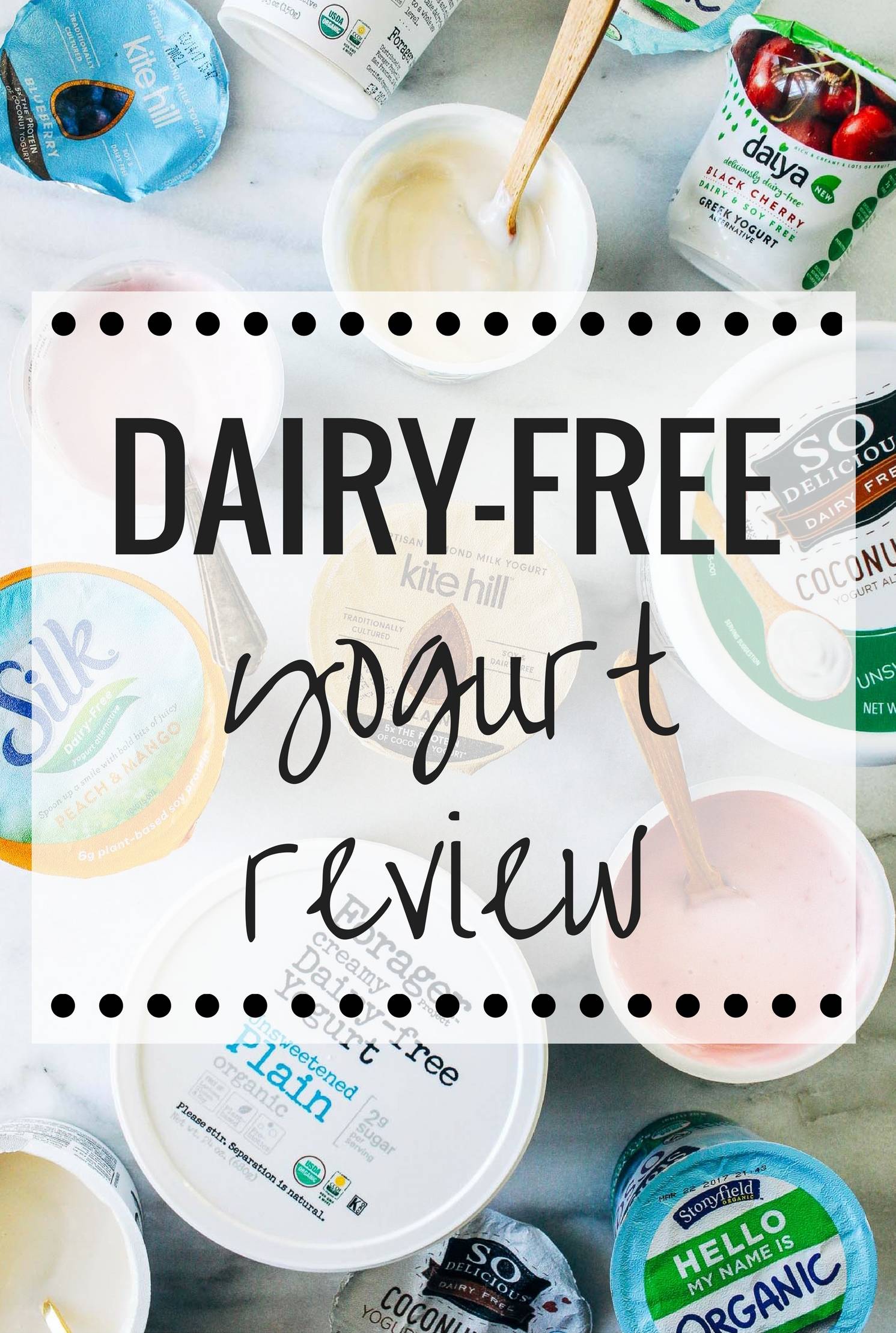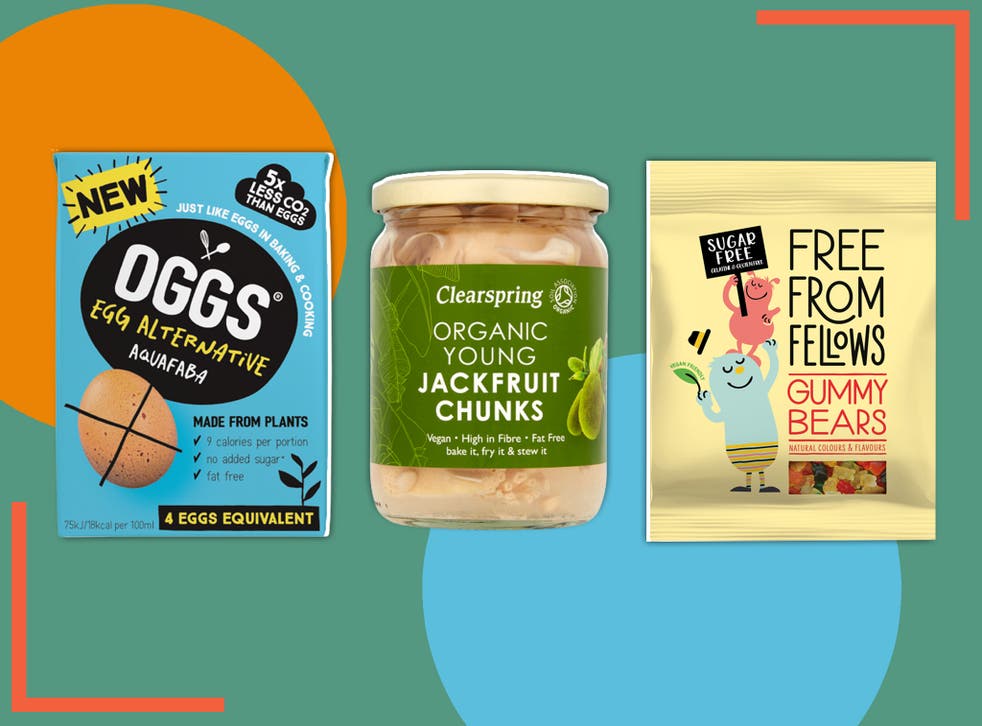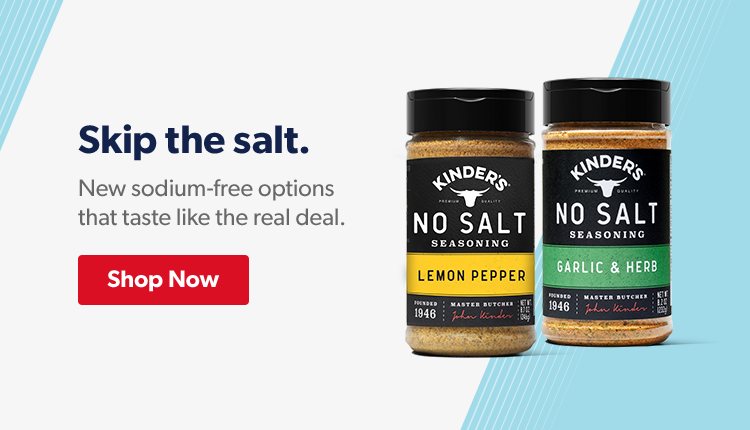
Having clear skin is not an impossible goal. Clear skin is possible if you eat a healthy diet that includes foods that can help. These foods should be rich in nutrients to boost your skin's health, and give you a glowing complexion.
The best diet for clear skin includes a variety of fruits and vegetables. These foods are high in vitamins, antioxidants and nutrients that can nourish your skin. They are also rich in water that will keep your skin hydrated.
Vitamin C can be a good vitamin to boost your skin. Vitamin C is an excellent cleanser and can help brighten your skin. It's also known to help prevent UV-induced pigmentation. Vitamin C is a great option for acne sufferers.
Avocado is another food which can glow your skin. Avocado, a superfood that is also rich in vitamins E & C, and healthy fats. It can help reduce wrinkles and moisturize the skin.

Clear skin may mean that you don't need to eat as many vegetables and fruits as possible. However, if you have breakouts, you're going to want to make sure you're eating the foods that will help to clear up your skin. Oranges, broccoli, and spinach are some of the best foods.
Drinking lots of water is also a good way to keep your skin clear. Water is essential for the body to function well and maintain healthy skin. Water is also important for digestion and the production of collagen. Avoid alcohol. It can dry out your skin and cause breakouts.
You should include antioxidant-rich foods in your diet, along with water and fruits. Although tea is a great source, you can also consume 100% juices. Also, walnuts and chia seed are good sources of antioxidants.
Fish, rich in omega-3 fat acids, are some other foods that can improve the skin. These nutrients are not always found in larger quantities in foods, so eating these in small amounts will help to give your skin a glow.
Probiotics are also an important part of a clear skin diet. These foods contain healthy bacteria that can improve skin health. Yogurt is the most popular of these foods. However, there are also kiwis (and asparagus) and garlic. They can be beneficial for your skin by reducing inflammation and improving moisture retention.

You should also try to include foods that help you sleep better. The Healthy Eating Plate was developed by Harvard School of Public Health. This plate contains a range of foods that can improve sleep quality. These foods include fruits, vegetables, and nuts. These foods are rich with antioxidants, and can help prevent acne breakouts.
For clear skin, a variety should be available that will provide all the nutrients you require. But you need to be aware of which foods can trigger acne and other skin conditions. Some people have noticed a significant improvement in their skin after eliminating dairy products. This is because dairy products are naturally pro-inflammatory and may contribute to breakouts.
FAQ
What are the 7 keys to a healthy, happy life?
-
Be healthy
-
Exercise regularly
-
Sleep well
-
Drink plenty of water.
-
Get adequate rest
-
Be happy
-
Smile often
How can I live a life that is full of joy every day?
To live a happy life, the first step is to discover what makes you happy. Once you have a clear understanding of what makes you happy you can go backwards. Asking others about their lives can help you to see how they live the best life possible.
You can also check out books like "How to Live Your Best Life" from Dr. Wayne Dyer. He speaks about happiness and fulfillment in all areas of life.
What is the difference among a virus or bacterium and what are their differences?
A virus, a microscopic organism that can not reproduce outside of its host cells, is called a virus. A bacterium (or single-celled organism) reproduces by splitting itself into two. Viruses can be as small as 20 nanometers, while bacteria can grow up to 1 micron.
Viruses are spread via contact with infected bodily liquids such as urine, saliva, semen and vaginal secretions. Bacteria are often spread via direct contact with contaminated surfaces and objects.
Viral infections can also be introduced to our bodies by a variety of cuts, scrapes or bites. They can also be transmitted through the eyes, nose, mouth, ears, vaginal, rectum, and anus.
Bacteria may enter our bodies through cuts and scrapes on our skin, burns, insect bites, and other wounds. They can also be introduced to our bodies by food, water and soil.
Both viruses and bacteria can cause illness. But viruses can't multiply within their host. So they only cause illnesses when they infect living cells.
Bacteria can multiply within their hosts and cause illness. They can also invade other parts of your body. Antibiotics are needed to eliminate them.
Why does weight change as we age?
How can you tell if your bodyweight has changed?
Weight loss occurs when there is less fat than muscle mass. This means that the daily calories consumed must not exceed the energy used. Activity levels are the most common reason for weight loss. You can also lose weight due to stress, illness, pregnancy, hormonal imbalances and certain medications. Weight gain occurs when there is more fat than muscle mass. It happens when people eat more calories than they use during a given day. It can be caused by overeating or increased physical activity as well hormonal changes.
The main reason why our bodies lose weight is because we consume fewer calories than we burn. When we exercise regularly, we increase our metabolism rate which burns off more calories throughout the day. But this doesn't guarantee that we'll lose weight. The important thing is to see if we're losing or gaining muscles. We will lose weight if we burn more calories than we consume. However, if you consume more calories than you burn, you'll end up storing them for fat.
As we get older, our movement speed slows down and so we move less. We also tend eat less than we did when our children were young. We tend to gain weight. On the other hand, we have more muscle mass and look larger than we actually are.
Without regularly weighing yourself, it's impossible to determine how much weight has been lost. There are many ways to determine your weight. You can also measure your waistline, your hips or your thighs. Some people prefer to use bathroom scales while others like to use tape measures.
For a better track of your progress, try to weigh yourself once per week and measure your waistline once every month. You can also take photos of your self every few months to see the progress you have made.
Online, you can find out your height and weight. For example, if you're 5'10" tall and weigh 180 pounds, you'd probably weigh 180 pounds.
Why is it important to live a healthy life?
Having a healthy lifestyle helps us live longer, happier lives. Healthy eating habits, regular exercise, healthy sleep habits, stress management, and good sleep habits can help to prevent heart disease, stroke, diabetes, cancer, and other serious diseases.
A healthy lifestyle can also help improve mental health and make it easier to deal with everyday stressors. A healthy lifestyle will increase self confidence, and it will make us feel younger.
Statistics
- This article received 11 testimonials and 86% of readers who voted found it helpful, earning it our reader-approved status. (wikihow.com)
- WHO recommends reducing saturated fats to less than 10% of total energy intake; reducing trans-fats to less than 1% of total energy intake; and replacing both saturated fats and trans-fats to unsaturated fats. (who.int)
- Extra virgin olive oil may benefit heart health, as people who consume it have a lower risk for dying from heart attacks and strokes according to some evidence (57Trusted Source (healthline.com)
- nutrients.[17]X Research sourceWhole grains to try include: 100% whole wheat pasta and bread, brown rice, whole grain oats, farro, millet, quinoa, and barley. (wikihow.com)
External Links
How To
What does the word "vitamin" mean?
Vitamins can be described as organic compounds found in food. Vitamins help us absorb nutrients in the foods we consume. Vitamins cannot be produced by the body. They must be obtained from food.
There are two types if vitamins: water soluble, and fat soluble. Water-soluble vitamins dissolve easily when they are dissolved in water. You can find vitamin C,B1 or thiamine, B2 or riboflavin and B3 or niacin. B6 is pyridoxine. Folic acid, biotin and pantothenic are some examples. The liver and fatty tissues are home to fat-soluble vitamins. Vitamin D, E, K and A are some examples.
Vitamins are classified according their biological activity. There are eight major groups of vitamins:
-
A - Vital for healthy growth.
-
C - vital for nerve function and energy generation
-
D - essential for healthy teeth and bones.
-
E is required for good vision and reproduction.
-
K - essential for healthy nerves, muscles, and joints.
-
P – vital for building strong bones.
-
Q – aids digestion and absorption.
-
R - necessary for making red blood cells.
The recommended daily allowance (RDA) of vitamins varies depending on age, gender, and physical condition. The U.S. Food and Drug Administration has established the RDA values.
For adults over 19 years, the RDA is 400 mg per day for vitamin A. For fetal development, pregnant women require 600 micrograms per daily. Children ages 1-8 require 900 micrograms per day. Children under 1 year old require 700 micrograms daily, while infants over one year old need 500 micrograms every day. This decreases between 9 and 12 months.
Children aged 1-18 require 800 micrograms of sugar per day, while those who weigh more than 1200 need 1000. For their nutritional needs, underweight children need 1200 mg per day.
Children ages 4-8 years who have been diagnosed with anemia need 2200 micrograms per day of vitamin C.
2000 micrograms is the minimum daily intake for general health in adults older than 50 years. Women who are pregnant or breastfeeding need 3000 micrograms per day due to increased nutrient requirements.
Adults over 70 years of age need 1500 micrograms per day since they lose about 10% of their muscle mass each decade.
Women who are pregnant and lactating need more nutrients than the RDA. Pregnant mothers need 4000 micrograms per daily during pregnancy and 2500 after giving birth. Breastfeeding mothers need to consume 5000 micrograms each day when breastmilk has been produced.